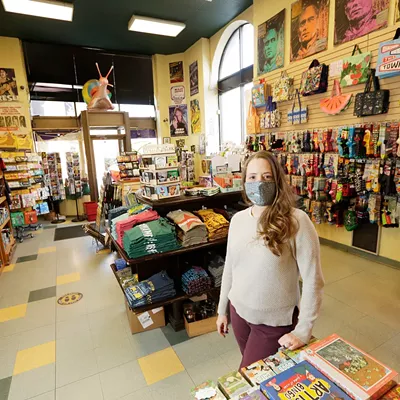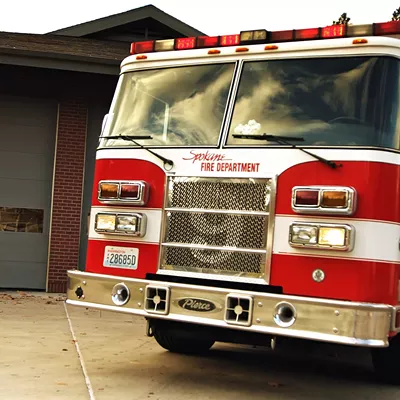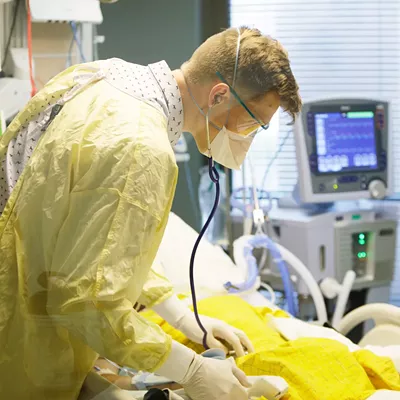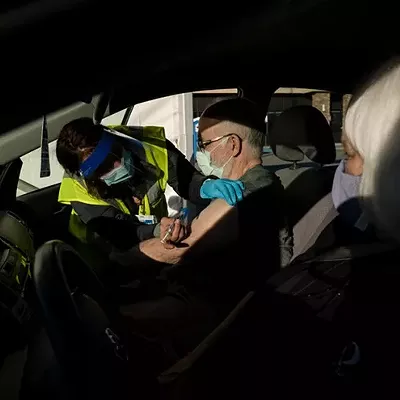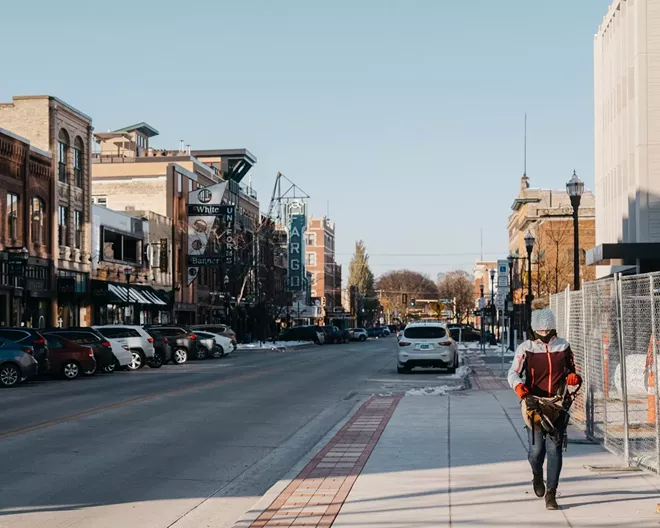
The New York Times
When the coronavirus first erupted in Sioux Falls, South Dakota, in the spring, Mayor Paul TenHaken arrived at work each morning with a clear mission: Stop the outbreak at the pork plant. Hundreds of employees, chopping meat shoulder to shoulder, had gotten sick in what was then the largest U.S. virus cluster.
That outbreak was extinguished months ago, and these days, when he heads into City Hall, the situation is far more nebulous. The virus has spread all over town.
“You can swing a cat and hit someone who has got it,” said TenHaken, who had to reschedule his own meetings to Zoom this past week after his assistant tested positive.
As the coronavirus soars across the country, smashing daily records and surpassing 9 million cases nationwide, tracing the path of the pandemic in the United States is no longer simply challenging. It has become nearly impossible.
Gone are the days when Americans could easily understand the virus by tracking rising case numbers back to discrete sources — the crowded factory, the troubled nursing home, the rowdy bar. Now, there are so many cases, in so many places, that many people are coming to a frightening conclusion: They have no idea where the virus is spreading.
“It’s just kind of everywhere,” said Crystal Watson, a senior scholar at the Center for Health Security at the Johns Hopkins Bloomberg School of Public Health, who estimated that tracing coronavirus cases becomes difficult once the virus spreads to more than 10 cases per 100,000 people.
In some of the hardest-hit spots in the United States, the virus is spreading at 10 to 20 times that rate, and even health officials have all but given up trying to figure out who is giving the virus to whom.
In Philadelphia, where cases recently spiked to more than 300 per day, city officials acknowledged that they now must leave some cases untracked. Most people, they said, are catching the virus through family and friends.
“We weren’t supposed to get to this point,” said Dr. Arnold Monto, a professor of epidemiology at the University of Michigan, who said the process of tracking cases and notifying people who may have been exposed is impractical after a certain level of infection.
“If you have five clusters going on at the same time,” he said, “it’s hard to say where it came from.”



